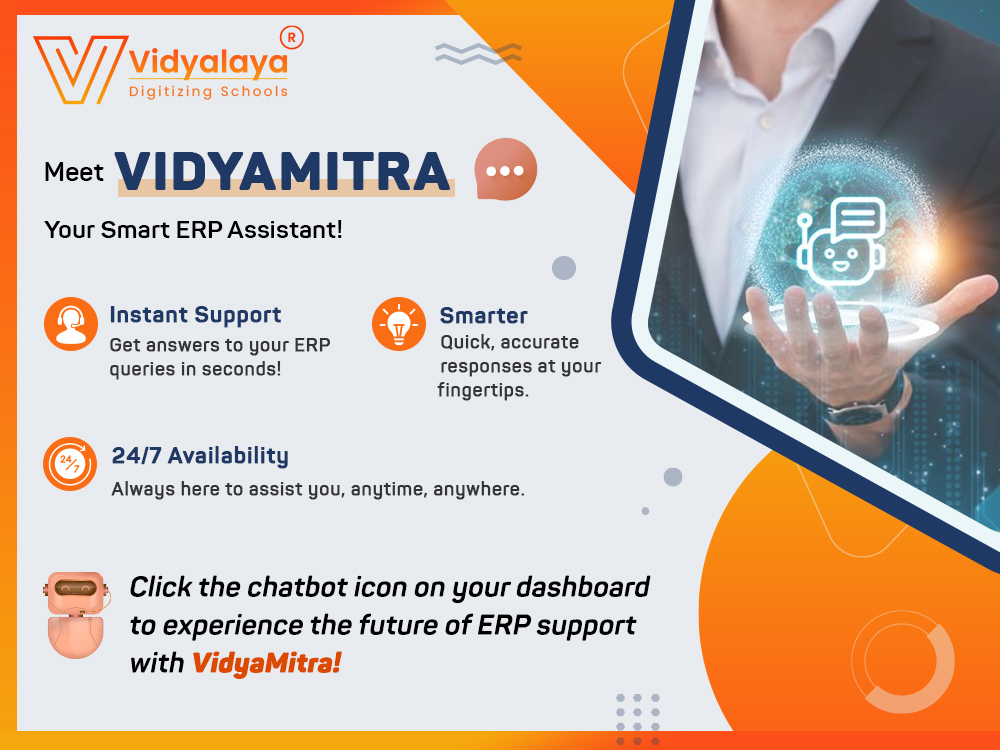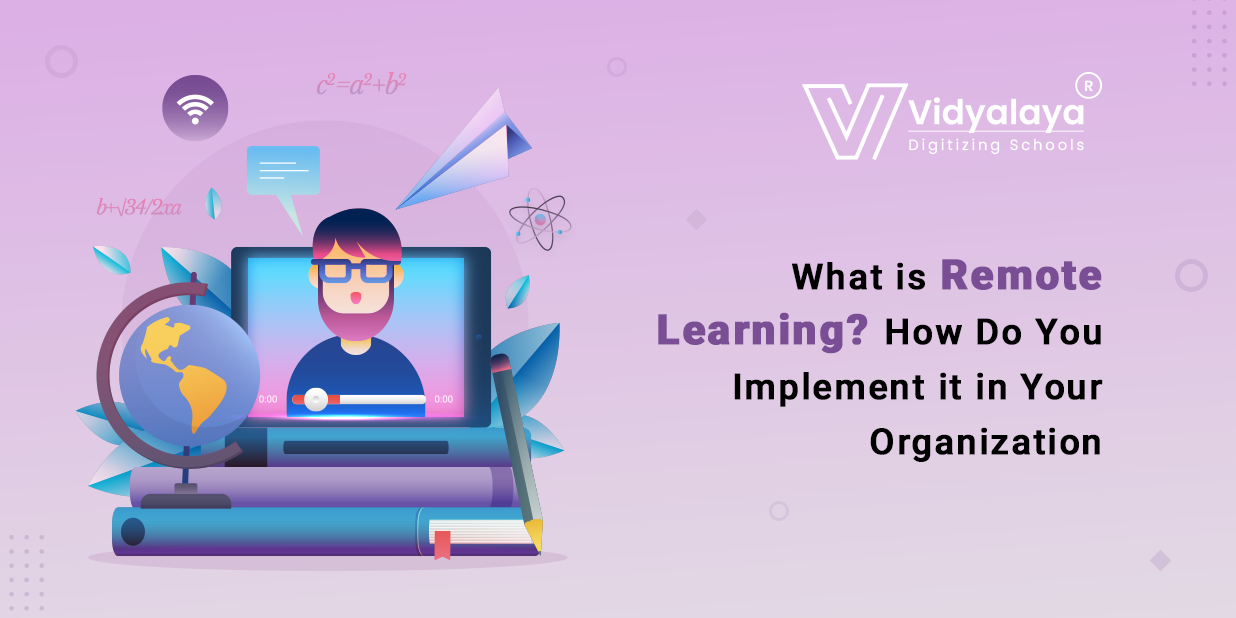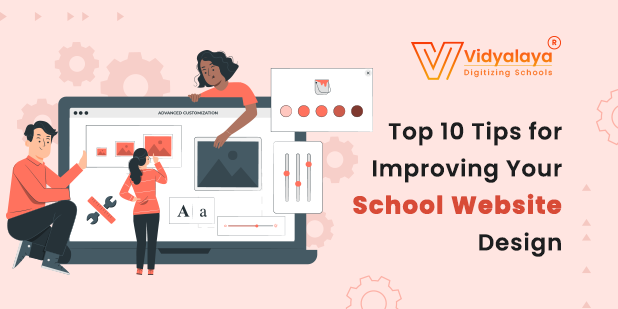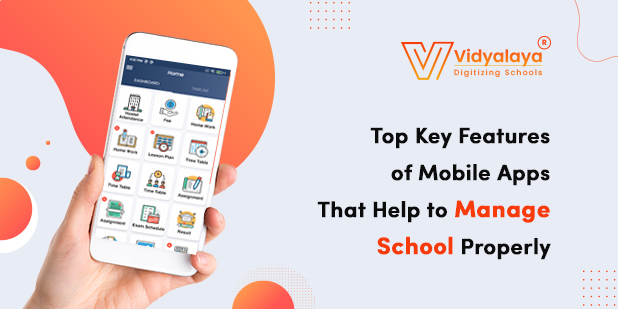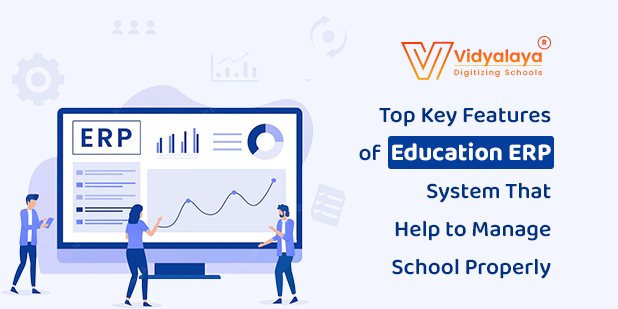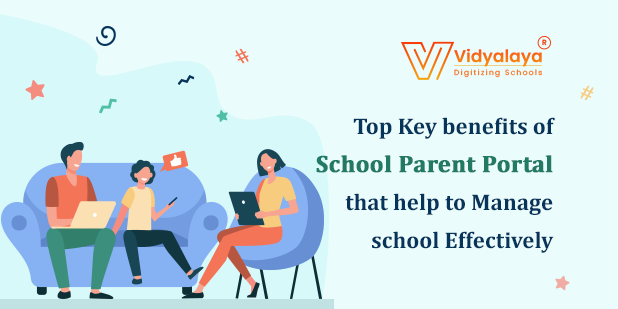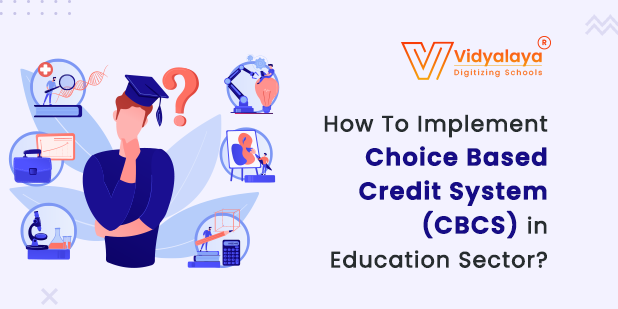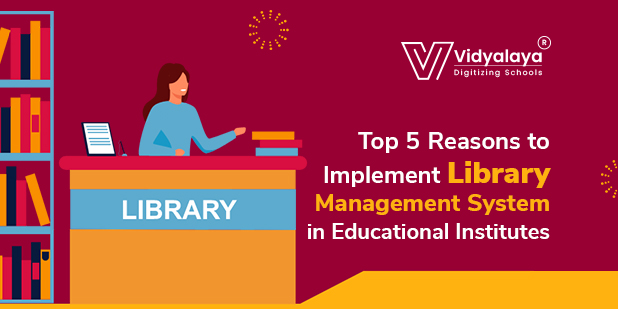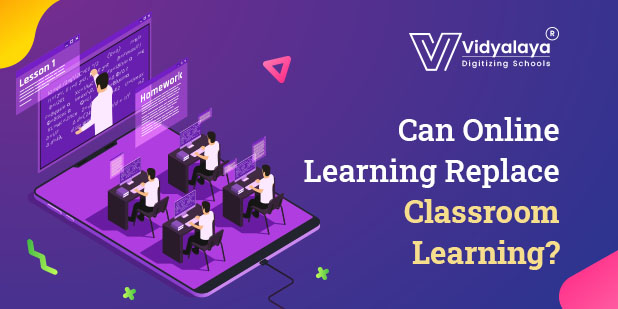Before the invention of technology, who had ever imagined that a student could learn by sitting in one corner of the world and a teacher giving lessons from another corner? With the advancement of technology, geographical borders, time, and age have become insignificant barriers to learning, as it has scaled the definition to such great heights. Remote learning is not a newbie in the education sector but very less people know about how it can change the actual picture of learning. During distance learning, online learning, and remote learning, one may find all terms synonyms to each other. But in actuality, they are not. Let’s learn how this learning is different and how it can be implemented in your organization!
What is Remote Learning?
Essentially, remote learning occurs when a teacher instructs new concepts through a remote connection. This method doesn’t require the physical presence of students and teachers in a traditional environment but uses technological tools such as digital boards, video conferencing, and online assessments. Remote learning simulates the in-person or classroom-led experience over the Internet.
During and post-pandemic, the education sector has seen its peak in using online learning software in daily learning. Curriculum content went online over the night and teachers and students met over a technological aid. Now, when we are settled down, we can observe remote learning in the most common use cases like:
- Communicate process, strategy, or policy upgrade or modification
- Career development
- Technical certifications
- Personal improvement
Online Learning and Remote Learning is Same or Different?
It is obvious to get confused with two terms, online learning and remote learning. These two forms of education methods feature several similarities, yet there are substantial differences between these two models.
- Interaction requirement: In online learning, students and teachers meet each other in person regularly, whereas remote learning doesn’t require this.
- Location of learning: Students using online learning maybe with the teacher in the classroom, accessing course content digitally. However, in remote learning, it is not required. Students may get assignments from their teachers digitally and can complete them at home online. Also, the further evaluation process is accomplished online.
- Intention of Learning: Online learning is a combination of in-person and computer-based learning, whereas remote learning is completely online.
What are the Advantages of Remote Learning?
The institute conducts the entire classroom curriculum through digital mediums. Remote learning comes with several profound advantages and some of them are:
Remote learning offers a great opportunity to earn an education when it is not possible to offer face-to-face instructions. Almost all education ERP systems are integrated with online learning software like Google Classroom which empowers virtual learning.
One of the major advantages of adopting this learning is it offers flexibility. A Learning management system extends this feature and facilitates teachers to structure their classes and create and assess assignments. Students also can access course material as per their preferences. So, both stakeholders can save resources and they do not have to follow a strict schedule.
Students can make use of remote learning to accommodate themselves with learning at their own pace. They can access study material wherever they want and at any time, they don’t have to make adjustments to match the pace of teachers. This highly individualized nature of education makes it easy for everyone to enjoy education.
Remote learning is more adaptable for a new generation as they are more fascinated by visual tools rather than the monotonous nature of traditional learning. The quicker access to material and assessments is more suitable for their learning style.
How do you implement Remote Learning in your organization?
As every institute works on its terms, the steps for implementation of this learning may differ. But some steps remain applicable to all and are as follows:
1. Understand your basic Requirements:
This is the basic step that, when efficiently accomplished, ensures 100% success. Find out what you are trying to achieve through remote learning adoption. This will help you to drive your strategies and understand what you will achieve after the implementation. Ensure your institute members fully understand the objective. Discuss requirements with faculty members to gather impactful input.
2. Look for a suitable Learning Management System:
After a crystal-clear objective, you need to find an apt Learning Management System that will match your requirements. Traverse through the market, explore various Edtech products, and zero down one that has maximum matches.
3. Configure According to your needs:
Once you confirm your LMS, make sure it is featured with the following aspects that will leave a high impact on your institutional workflows:
- High data-security
- User friendly
- Mobile accessible/app
- Online course creation and exam management
- Student data management system
- Auto-assessment of assignments and tests
Make sure that your selected learning management system is customizable as per your needs.
4. Have a demo session:
Demo sessions may look less significant, but they are worth it! One can get an idea about how the LMS can look like or how features are actually working. If the features are not according to our requirements, you can ask the vendor to do so. After the complete customization, ask your vendor to arrange a demo session so that you get a preview of the software.
5. Observe and assess Impact of LMS:
Finally, you have your learning management system! The rest you have to do is just observe and ensure that your smart move works properly and offers the desired results. If you are not getting them, you may contact your vendor and ask them to modify the software.
Final Thoughts!
Now, it’s not a hidden secret that remote learning is going to be a part of our lives today and tomorrow. It comes with several perks over classroom-led learning, namely, one can learn anywhere, at any time, and asynchronously. Remote learning is scalable and it can become a key in designing the course with clean objectives, validated results, and desired outcomes.
Vidyalaya is a leading name in the EdTech industry which is upfront for making the education sector cope with the upcoming technological revolution. Our learning management system is best featured with aspects that are needed by today’s and tomorrow’s generation. Just drop a mail or call for a demo!

